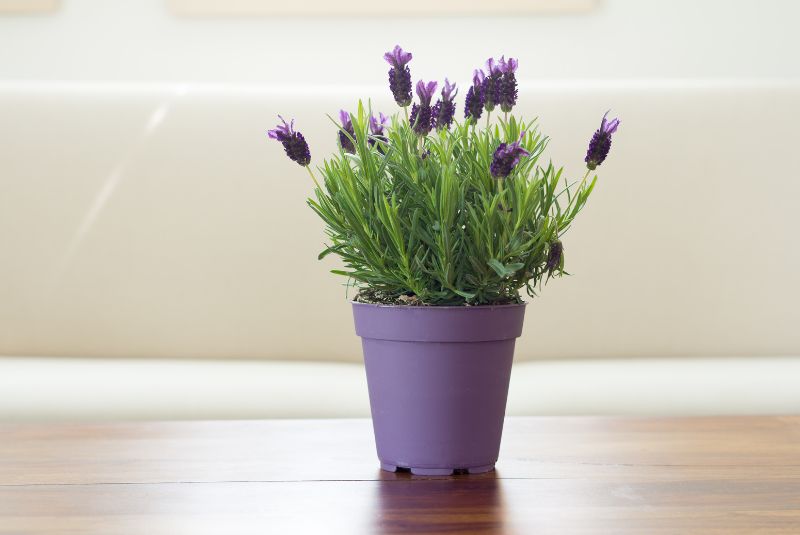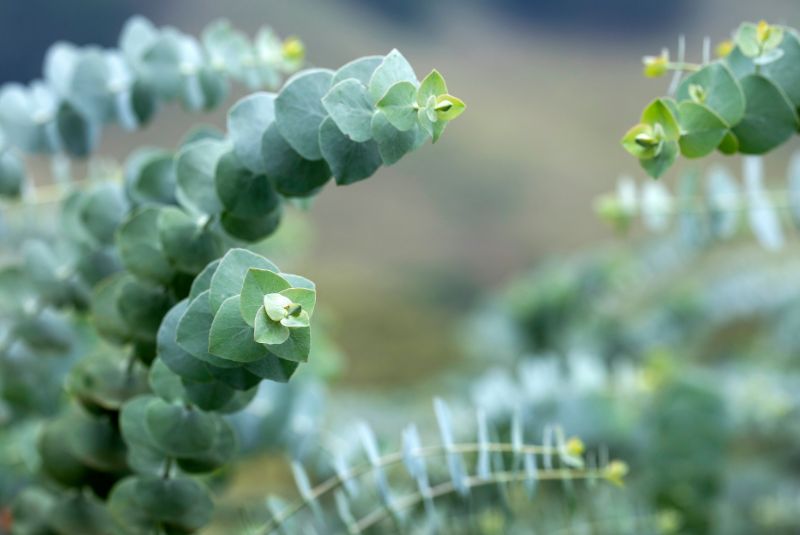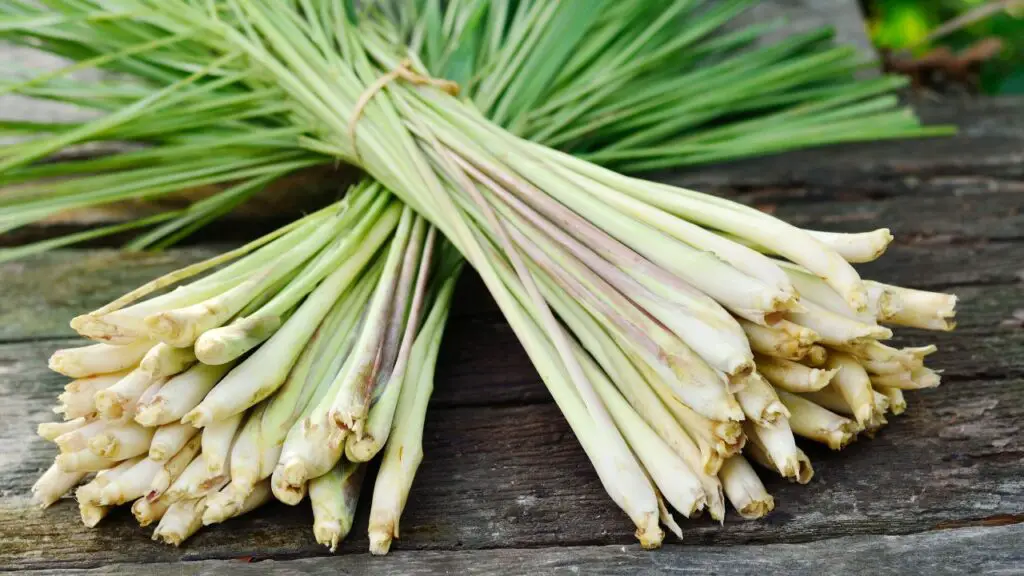Top 9 Herbs And Plants To Repel Flies
Imagine sitting on your patio, sipping a cool drink, and not a single fly in sight. Sounds like a dream, right?
Well, I’ve discovered it’s quite possible with a little green thumb magic. Who knew that the secret weapon against those pesky flies could be as delightful as the herbs we love in our kitchens?
Not only do these plants keep the flies at bay, but they also add a dash of aroma and charm to our homes.
Herbs and Plants That Repel Flies
Let me guide you through turning your home into a fly-free sanctuary with the help of these amazing herbs and plants.
Basil

I’ve found that basil isn’t just for topping a delicious pizza or infusing olive oil—it’s my top pick when I want to keep flies at bay.
Its robust aroma is a fly’s nightmare but a gardener’s dream.
By simply placing a few pots of basil by my door and around seating areas, I significantly reduce fly intrusions.
The secret? I bruise the leaves slightly to intensify the scent. Plus, it’s incredibly easy to grow and doubles as a fresh kitchen herb.
Lavender

The key to unleashing lavender’s bug-repellent potential lies in sun exposure.
Planting it in sunny spots not only thrives but also protects my home’s entrances from unwanted pests.
And yes, bouquets indoors work wonders too.
Marigold

Marigolds are my go-to for a vibrant, fly-repellant garden border. These golden beauties emit a unique aroma that flies despise.
I cluster them around my patio and vegetable garden for a double win: striking blooms and fewer flies.
Mint

The refreshing zing of mint does more than flavor my mojitos – it keeps flies at a distance.
It’s vigorous and easy to grow, but I keep mine in pots to prevent it from taking over my garden.
A crushed leaf rubbed on my arms keeps flies away when I’m lounging outside.
Bonus: I always have fresh mint on hand for culinary uses.
Rosemary

Rosemary’s a staple in my fly-repelling arsenal. Its woody scent is a fly deterrent, making it perfect for borders or potted near gathering areas.
Sometimes, I throw a sprig on the barbecue for an aromatic boost that doubles as a fly repellent.
Lemon Balm

Lemon balm, with its lemony scent, is a delight in teas and salads, but flies? They can’t stand it.
I grow it in containers to control its spread and place them where my family spends most of our outdoor time.
Pinching off a leaf and applying it to my skin is a natural way to enjoy the evening without fly interruptions.
Catnip

Contrary to popular belief, catnip’s for more than just feline amusement.
Its intense aroma is incredibly effective at keeping flies away.
I’ve planted catnip along my garden’s edge and even in pots indoors. Though it attracts cats, the trade-off is a virtually fly-free home.
Eucalyptus

Eucalyptus serves a dual purpose in my home. Its strong, menthol-like fragrance repels flies and freshens up my space.
Crushing the leaves to release the oil and applying it to skin or mixing it with water for a natural repellent spray is my secret to a bug-free zone.
Lemongrass

The citrus scent of lemongrass, reminiscent of a tropical getaway, does more than uplift spirits—it banishes flies.
It requires a bit more warmth to flourish, so I grow it in containers that I can move indoors during cooler months.
A stalk bruised and rubbed on the skin works as a quick fly repellent, perfect for barbecues and outdoor feasts.
Cultivating a Fly-Repellent Garden
In my years of gardening, I’ve learned that creating a fly-repellent garden is about strategic choices, from selecting the right plants to knowing where and how to place them, and even which plants complement each other for maximum effect.
Choosing the Right Plants
First off, let’s talk about choosing the right plants. Based on my experience, not all plants are created equal when it comes to repelling flies.
Herbs and plants like tansy, petunias, marigold, and catnip don’t just add a dash of color to your garden; they’re also incredibly effective at keeping those pesky flies at bay.
Tansy, for instance, with its yellow button-like flowers and aromatic leaves, is a powerhouse.
What’s great is that while these plants are working hard to repel flies, they’re also attracting beneficial pollinators with their blooms.
Plant Placement and Care
Where you place these plants can make a huge difference.
For instance, I’ve found planting petunias near my vegetable garden not only helps repel leafhoppers and aphids but also brightens up the space with their purple and lilac hues.
Similarly, placing marigolds along the borders of your garden beds can create a natural barrier against rabbits and mosquitoes, thanks to their distinct scent.
Care is also key. While it’s tempting to water your plants generously, I’ve learned that plants like tansy actually prefer drier soil to prevent them from spreading too quickly.
It’s all about striking that perfect balance between ensuring they’re thriving and not creating an environment where they can take over your garden.
Complementing Plants for Maximum Effect
Complementing plants can amplify your garden’s fly-repellent abilities.
Pairing certain plants together not only makes your garden more visually appealing but also strengthens their repellent effects.
For example, petunias and marigolds work beautifully together, both in terms of aesthetics and functionality.
While petunias keep aphids and squash bugs at a distance, marigolds deter rabbits and mosquitoes, creating a comprehensive shield against a variety of pests.